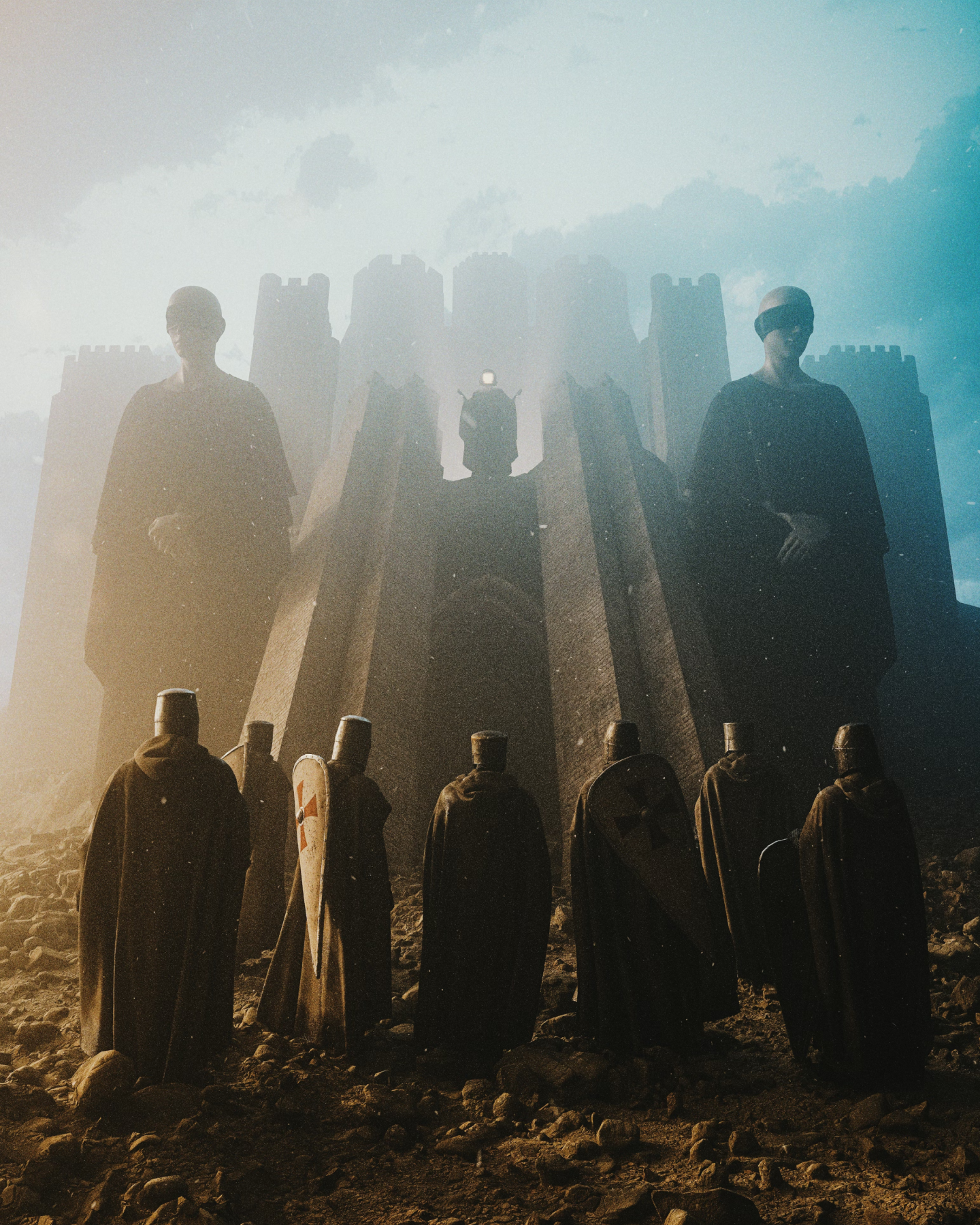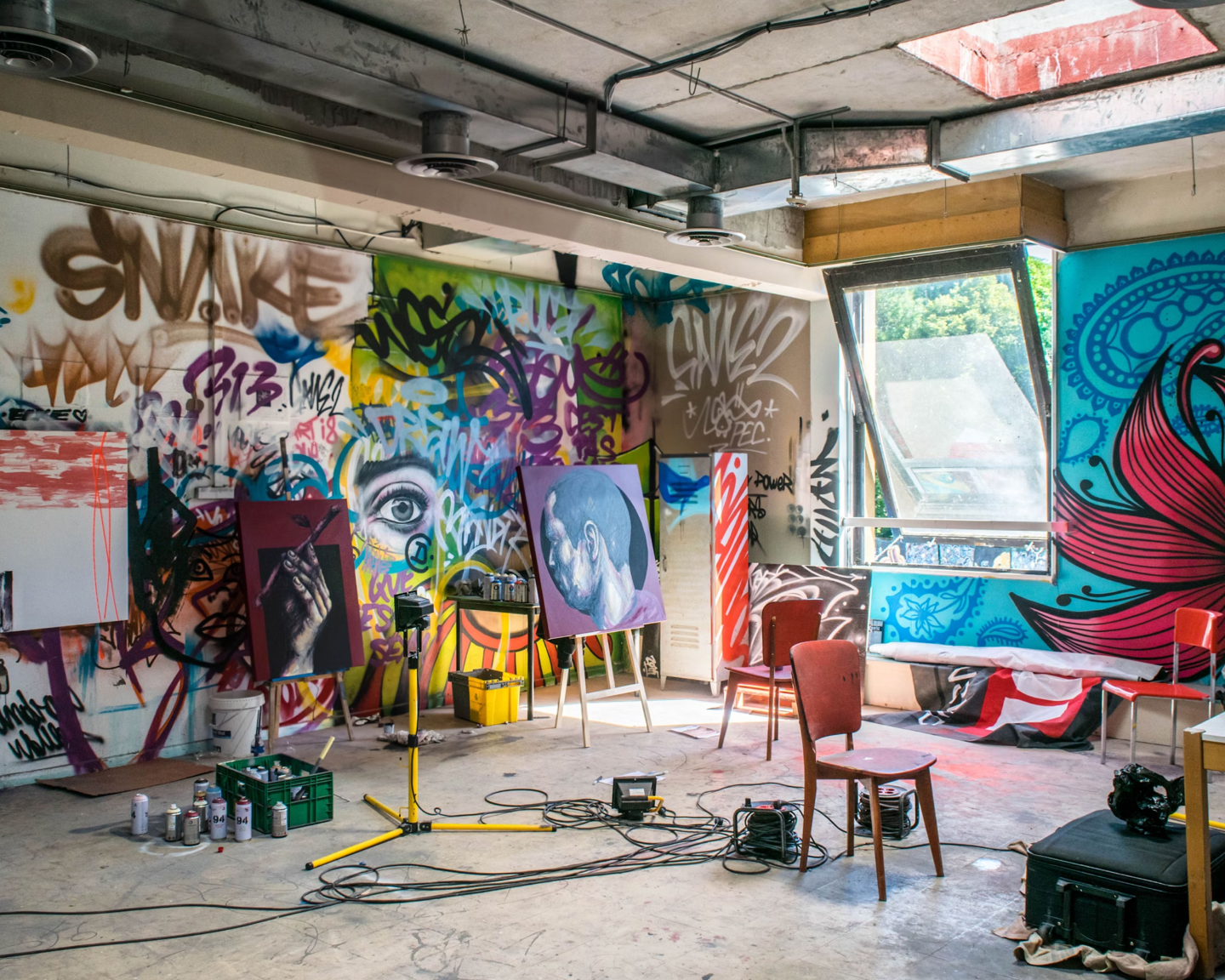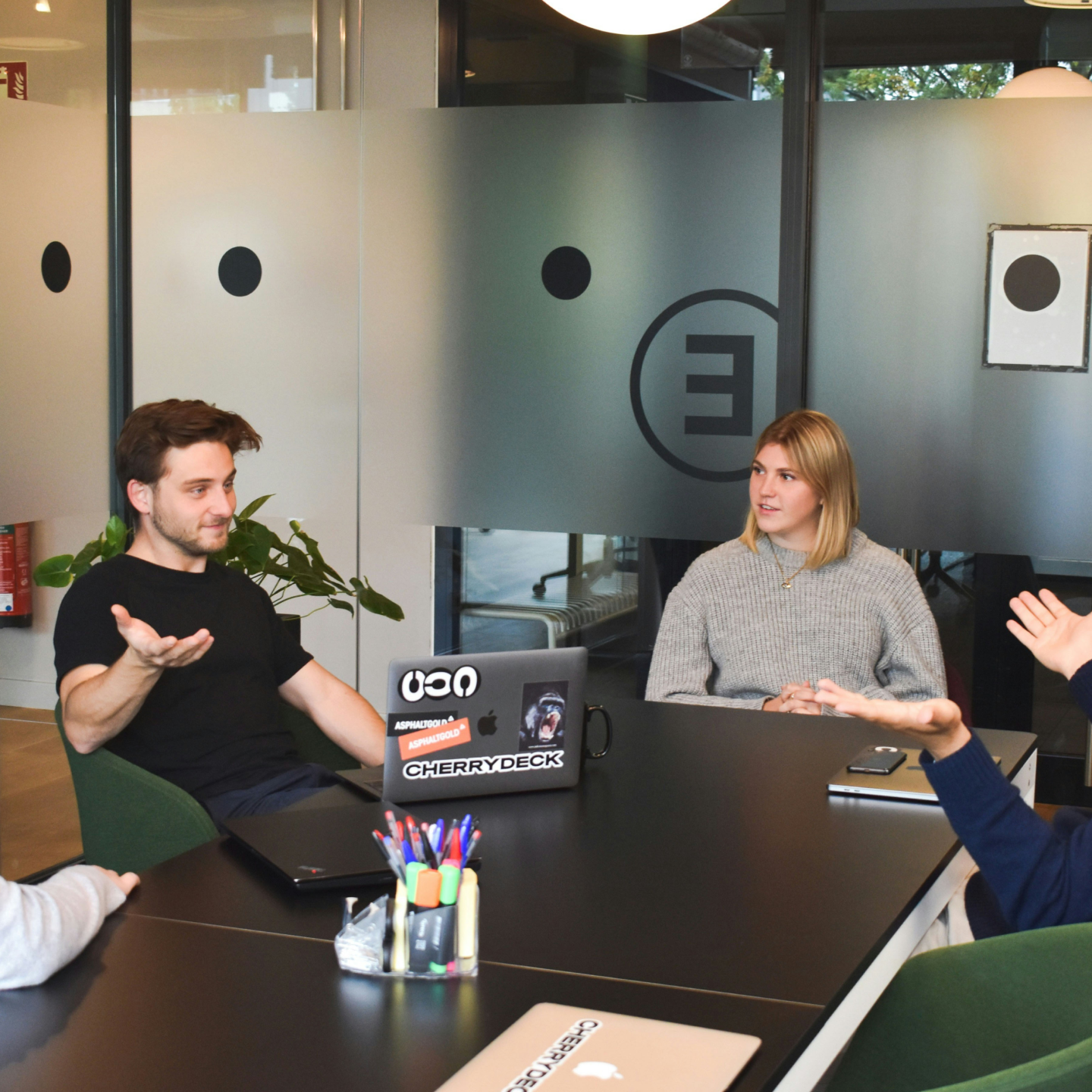If there’s one thing we’ve learned from years of creative work, it’s this: the best ideas rarely come from certainty. They emerge from questions, tension, and surprise. That’s why we don’t just allow room for the unknown in our process — we design it in.
Many clients come to us wanting clarity. And rightly so — design is meant to bring order. But creativity requires something else, too: ambiguity. A willingness to explore paths that might not lead anywhere. A tolerance for not knowing. A belief that wandering is not a waste of time.
Structure Is a Framework, Not a Cage
We love process. We love strategy. But our process is more like a trail map than a railroad. We start with intention, but we stay open. We might sketch ten directions. We might write three briefs for the same project. Sometimes, what we find mid-project changes how we define the goal.
Rather than resist that, we build it into the flow. We tell clients early on that “this phase may get a little weird.” And we frame it not as risk — but as richness. Because if we only follow the straightest path, we might miss the most meaningful one.
Making Room for Surprise
The unknown is where surprise lives. And surprise is what leads to delight. When we design with too much control, we iron out the magic. We make things safe, but forgettable. That’s not what we’re here for.
We’ve seen the most joyful ideas come out of serendipitous sketches, client offhand comments, or failed prototypes. We’ve watched a strange moodboard turn into a brand-defining look. These things don’t happen in rigid timelines — they happen when space is held for them.
Uncertainty Builds Resilience
There’s another benefit to embracing the unknown: resilience. When teams get comfortable with ambiguity, they’re less shaken by scope changes, feedback loops, or creative conflict. They know it’s part of the process. They know that certainty is not the goal — clarity is. And clarity is often something you arrive at, not something you begin with.
Our philosophy is simple: plan well, explore bravely, decide slowly. This isn’t about being vague — it’s about being open. And in our experience, it’s the open teams who end up doing the most closed-loop, coherent, and lasting work.




